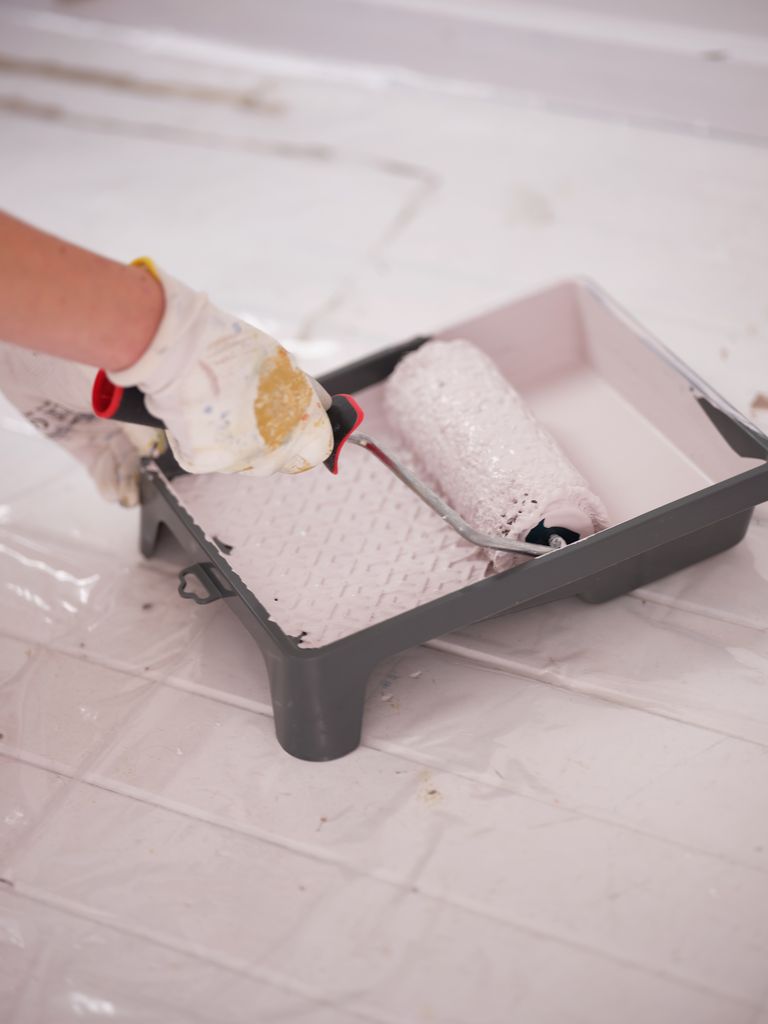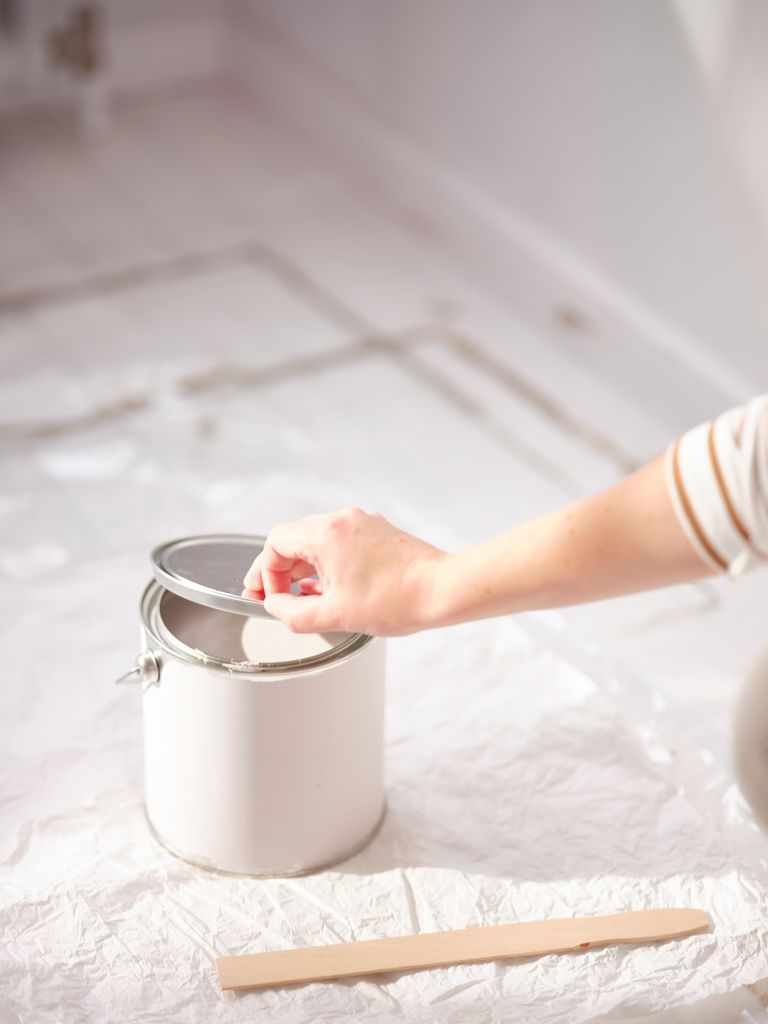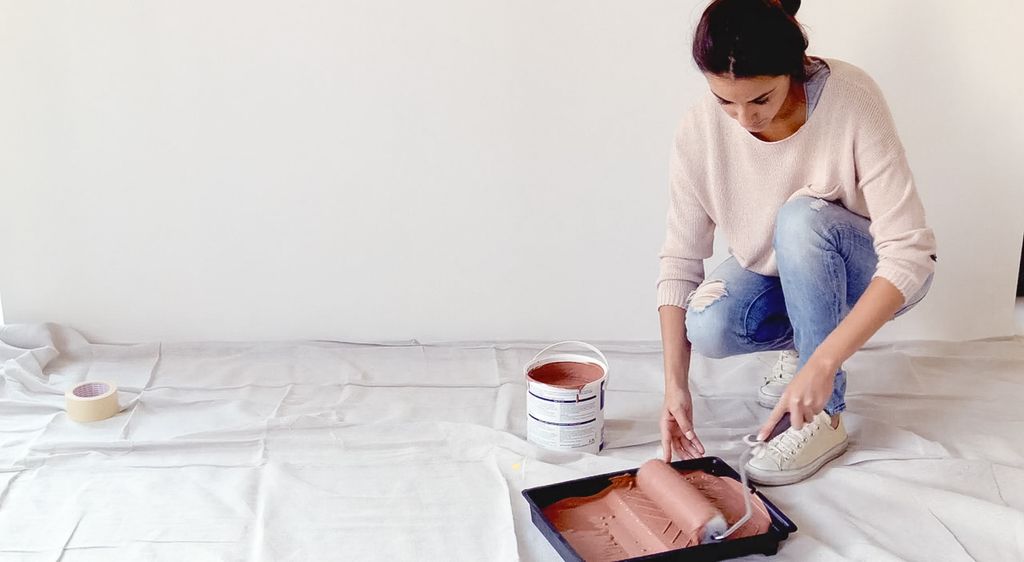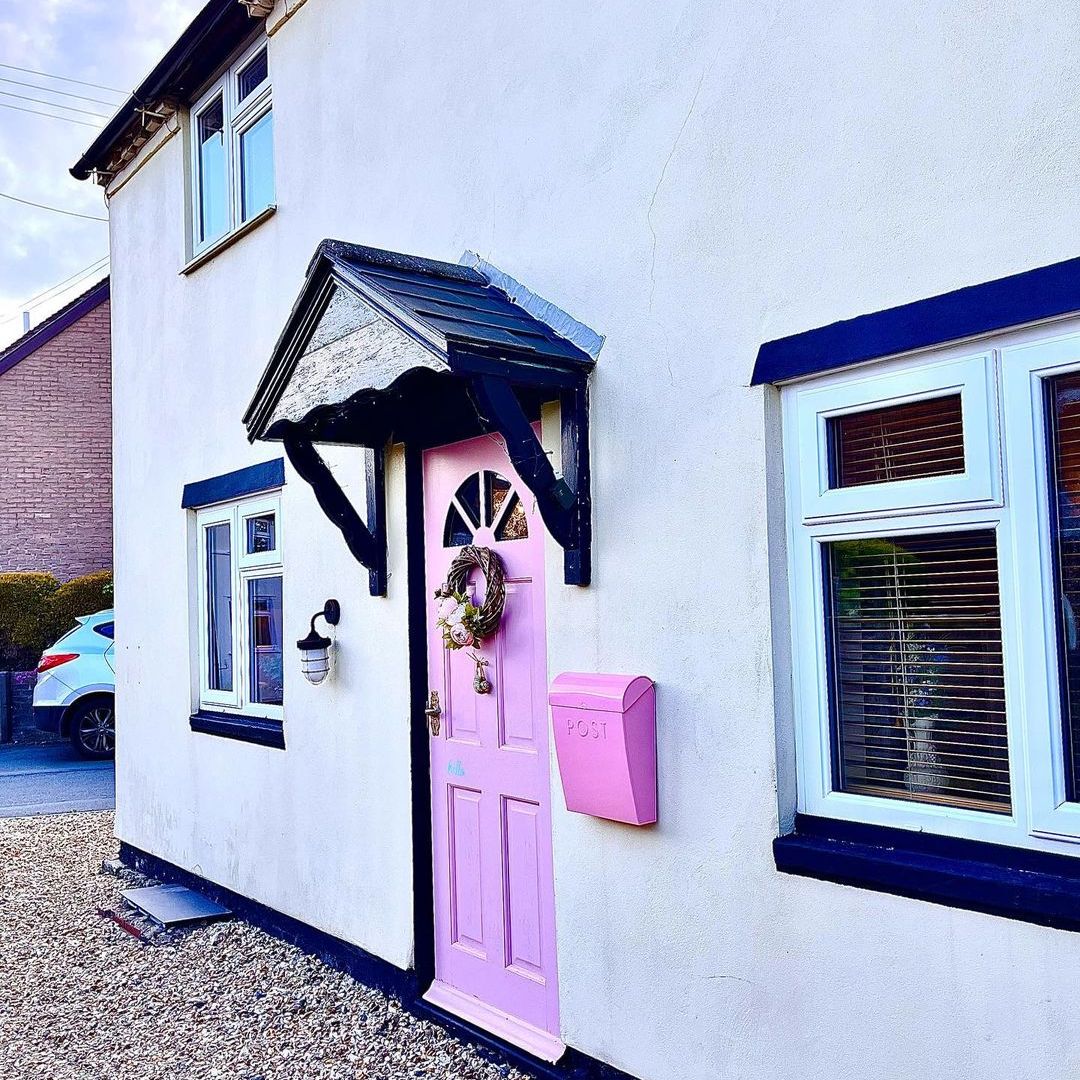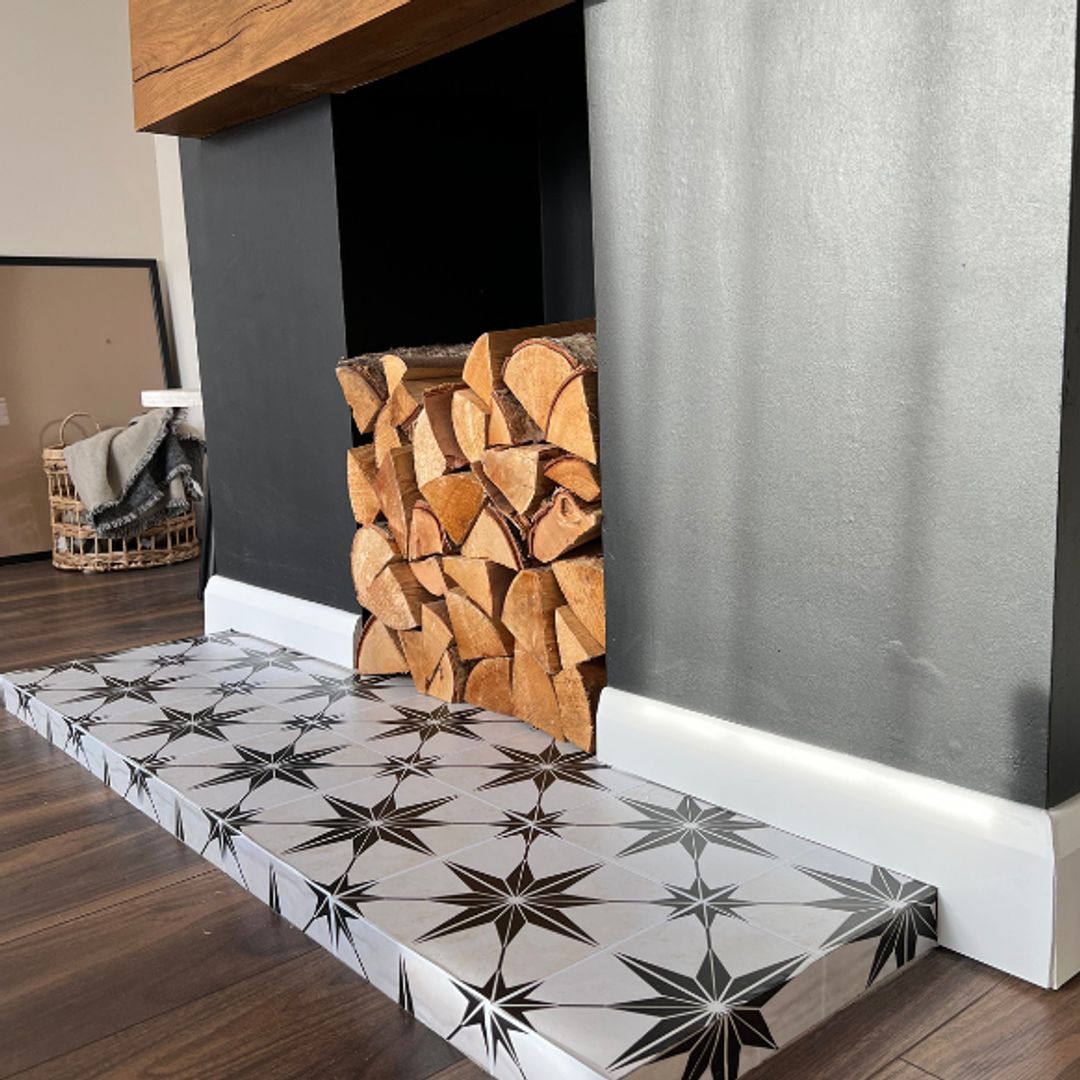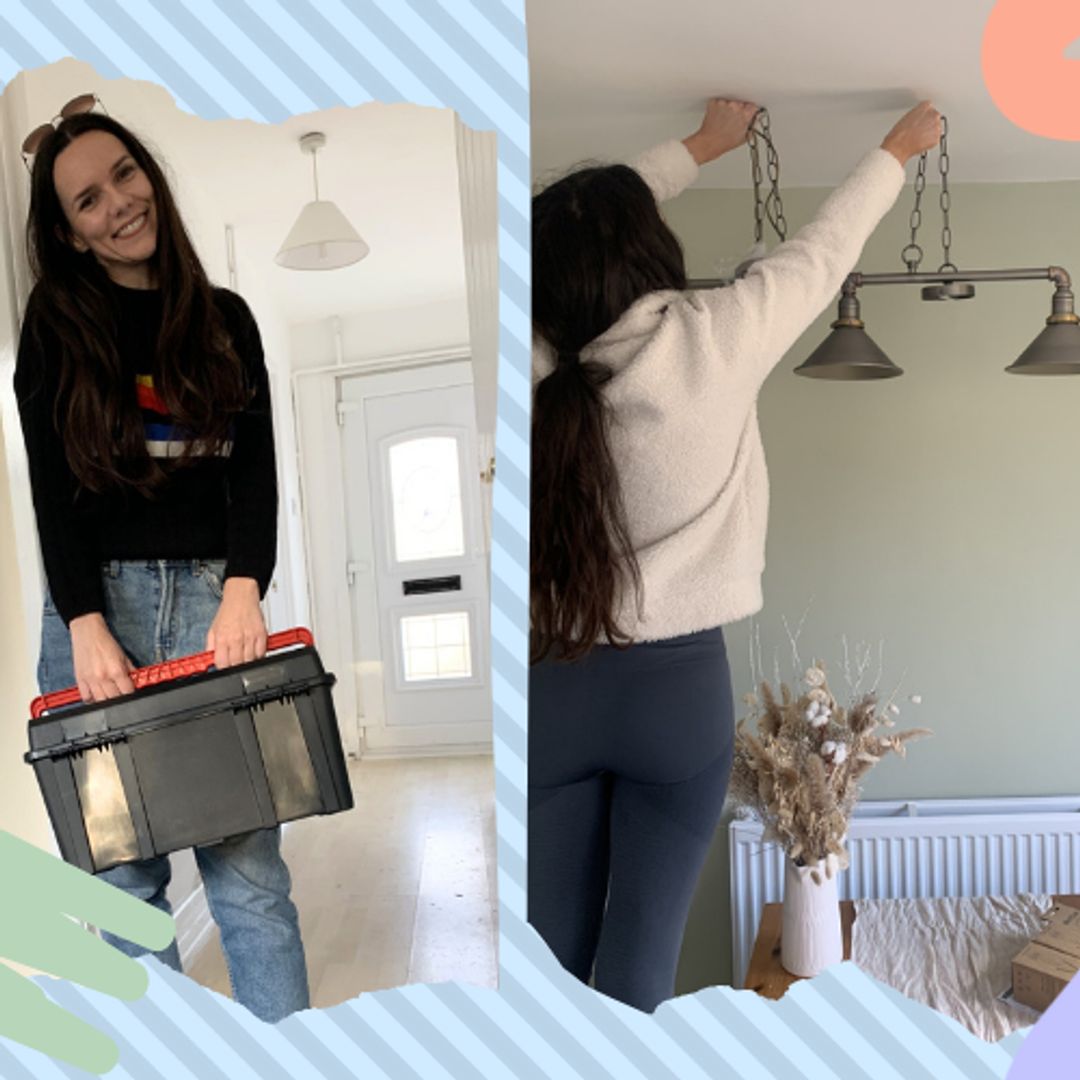Considering giving one of your rooms a lick of paint? Overwhelmed by DIY talks of cutting in, painter's tape and rollers? We've quizzed Matt Gray, Skills Development Consultant for the Dulux Academy, to bring you the best advice to perfect your painting.
"Over my 30 years of working in the painting and decorating industry, I’ve learnt what works and what doesn’t from having a go and making mistakes like all DIYers. So, to help homeowners and keen DIYers to know how they can 'paint like a pro', I’m sharing my top tips which I’ve split into preparation and painting – because as much as we all want to get to the painting, getting the prep right goes a long way in the difference to your finish."
Read on to discover Matt Gray's top painting tips
Choose your brushes wisely
Depending on what you're planning on painting, it's worth opting for a mixture of brush sizes and shapes. For example, an angled brush is ideal for cutting into corners, skirting boards and coving to help get a straight edge. It's also worth knowing that natural bristle brushes work best with solvent-based paints, whereas for water-based paints you'd be better using good quality synthetic brushes.
My extra tip is that you can find out if a paint is water or solvent-based by looking on the tin, if water-based it will say 'wash tools using water'. If solvent-based, it will say 'use brush cleaner'.
Prep your roller first
If you are going to be using a new roller sleeve for the first time, it's always advisable to wash it, using detergent and warm water, allowing it to dry before painting with it. This will help to remove loose fibres that might end up on your wall.
Use more than one roller
When you are going to be painting a mixture of white and coloured walls and/or ceilings, aim to keep one roller for your white paint so you don’t have old colours impacting your white finish – trust me, there is nothing worse than painting white and seeing streaks of green or yellow coming through!
Invest in a roller pole
Most people only use a roller pole when painting a ceiling, however, they are also very helpful when rolling walls too, as well as they will help to distribute the paint more evenly maximising coverage of the paint. It's also safer because you won't need to use the step ladder as much.
Take your time with preparation
Give yourself half a day to complete all your prep including filling, masking, placing dust sheets down etc. It's easy to underestimate how much the preparation matters and how long it can take. So, setting aside time will mean you can start a day fresh, ready to paint. You’ll save yourself time, effort and maybe even money when you get the job done right the first time around.
Stirred not shaken
Make sure to stir the paint so all the pigments are blended together before you start painting, as this stops you getting streaks.”
MORE: 'I saved £4k with the IKEA PAX wardrobe hack and you could too'
Try a paint kettle
One easy step you can take to feel more like a painting pro is to get yourself a paint kettle rather than painting from the tin. Not only can this help avoid huge spillages of paint if you accidentally know it over, but it helps keep the paint in the tin fresher because every time you put a used paintbrush in the tin you are contaminating it with paint residue."
The perfect place to begin
When painting walls always cut in first around the perimeter of one wall at a time, then fill in the middle using your roller, then repeat for the other walls. By doing this you will maintain a 'wet edge' which means your brush and rollers finishes will blend together.



